Travel
Top World Heritage Sites In Africa 2024

May 5th, is African World legacy Day, an occasion to commemorate the continent’s extraordinary cultural and natural legacy. As an African-born organization, we felt it would be a great moment to showcase ten of the most outstanding World Heritage Sites located near our volunteer programs across the continent.
Here are our top 10 list of World Heritage Sites in Africa:
- Victoria Falls – Zambia/Zimbabwe
- Serengeti National Park – Tanzania
- Great Lakes – Kenya
- Kilimanjaro National Park – Tanzania
- iSimangaliso wetalnd Park – South Africa
- Ngorongoro Conservation Area – Tanzania
- Stone Town – Zanzibar
- Robben Island – South Africa
- Cradle of Humankind – South Africa
- Mana Pools National Park – Zimbabwe
1. Victoria Falls – Zambia/Zimbabwe

Victoria Falls, known locally as ‘Mosi-o-Tunya’ (the smoke that thunders), is located 2700 kilometers from the ocean along the powerful Zambezi River. Victoria Falls did not earn its status for nothing! The towering sheet of water cascades down a 100-meter steep drop and is 1.5 kilometers wide.
In fact, it is so huge that there are two countries on either side of the Falls: Zimbabwe and Zambia. Dr. David Livingstone was the first European to visit Victoria Falls on a research mission, and he characterized his encounter as “scenes so wonderful it must have been gazed upon by angels in their flight”. He called Victoria Falls after his monarch, Queen Victoria.
2. Serengeti National Park – Tanzania
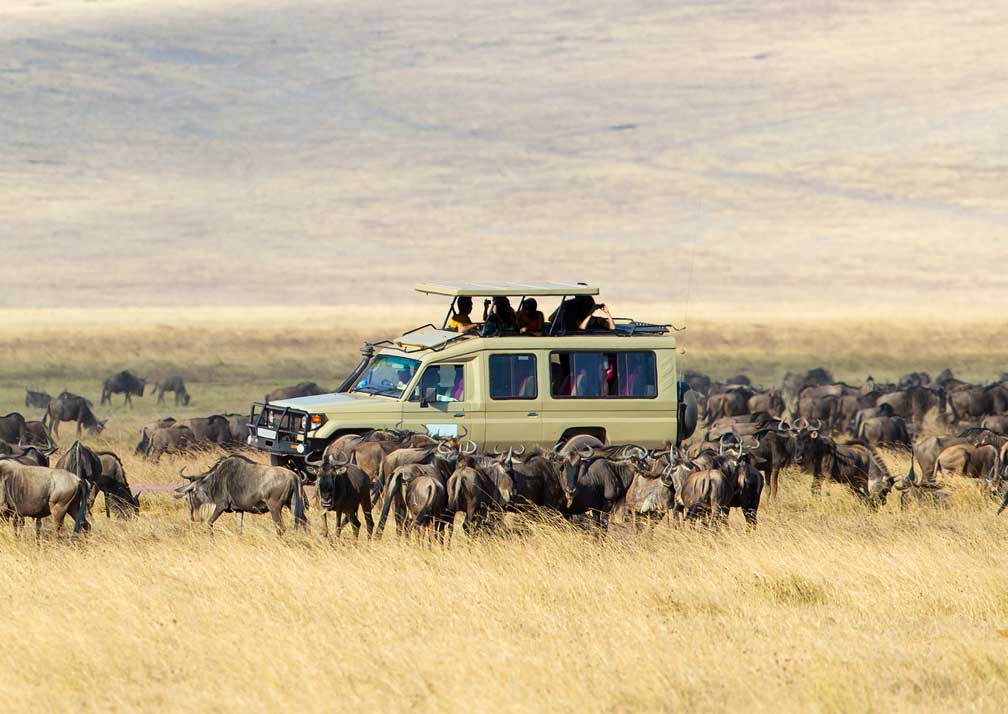
The Serengeti National Park is well-known for its safari experience, and it is unquestionably a World Heritage Site. The Serengeti National Park’s UNESCO World Heritage Site status is due to more than just its landscape. The wildebeest migration here is the largest of its type. This is a sight to behold, with two million wildebeest, zebra, and gazelles (followed closely by some of Africa’s most dangerous predators).
3. Great Lakes – Kenya

The Great Lakes of Kenya are part of the East African Rift Valley. It consists of three lakes developed as a result of tectonic activity. You may wonder, “What’s so magical about a lake?”. Well, these lakes are home to over 4 million lesser flamingos.
Four million! Let that sink in. The area is home to a variety of diverse bird and fish species, as well as huge mammals. This location’s expertise is the ongoing ecological and biological processes that are taking place, and it is a must-see for those who enjoy flying animals.
4. Kilimanjaro National Park – Tanzania
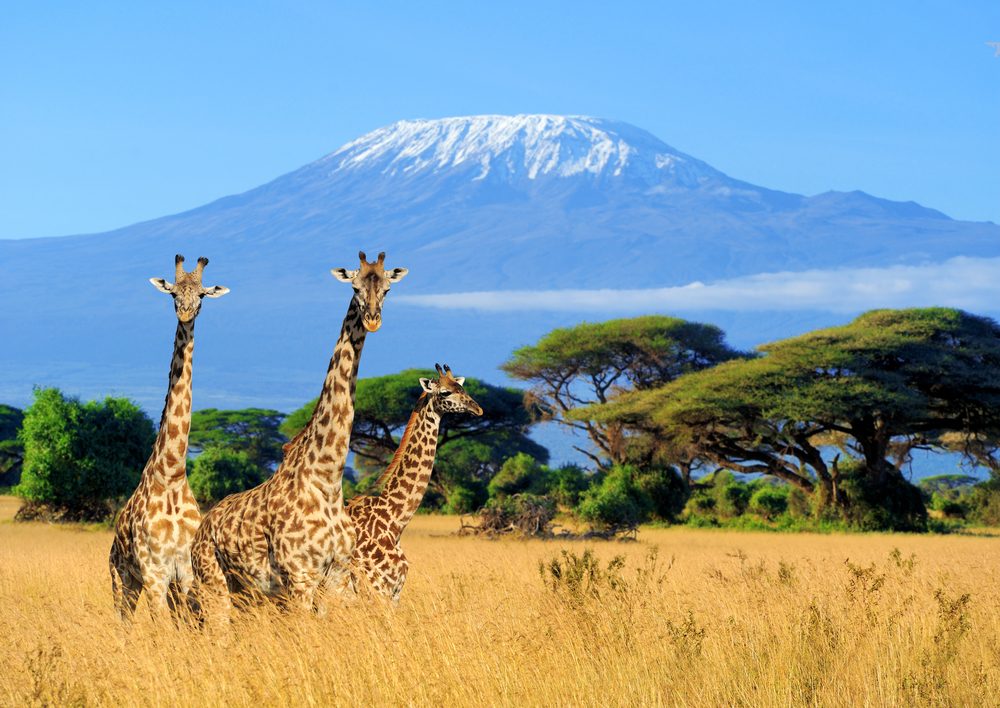
Mount Kilimanjaro, Africa’s tallest mountain, is unsurprisingly on the list. The top is above 20,000 feet and provides a view of continental Tanzania. Your trek will take you through rainforest, farmlands, and ice trails, exposing you to practically every biome on Earth.
Every year, 25,000 individuals attempt to climb Mount Kilimanjaro, with two-thirds of them succeeding. If you’re joining us on one of our Tanzania volunteer initiatives, be sure to take a coffee tour through the foothills. A truly magical experience, with even better coffee.
5. iSimangaliso Wetland Park – South Africa

‘iSimangaliso’ literally means miraculous and wonder. This Park was designated as South Africa’s first World Heritage Site in 1999 in reaction to eminent dune mining. The park covers 332,00 hectares and offers a variety of activities for both tourists and volunteers.
There are beaches, bird viewing, estuary boat tours (where you might see a hippo or a crocodile), deep sea fishing, game drives, horseback riding, scuba diving, whale watching, and other activities. With eight interconnected ecosystems, it’s no surprise there are so many activities available. We run an outstanding community development project just outside the park’s gates, so if getting to know the locals is something you’re interested in, please contact us.
6. Ngorongoro Conservation Area – Tanzania
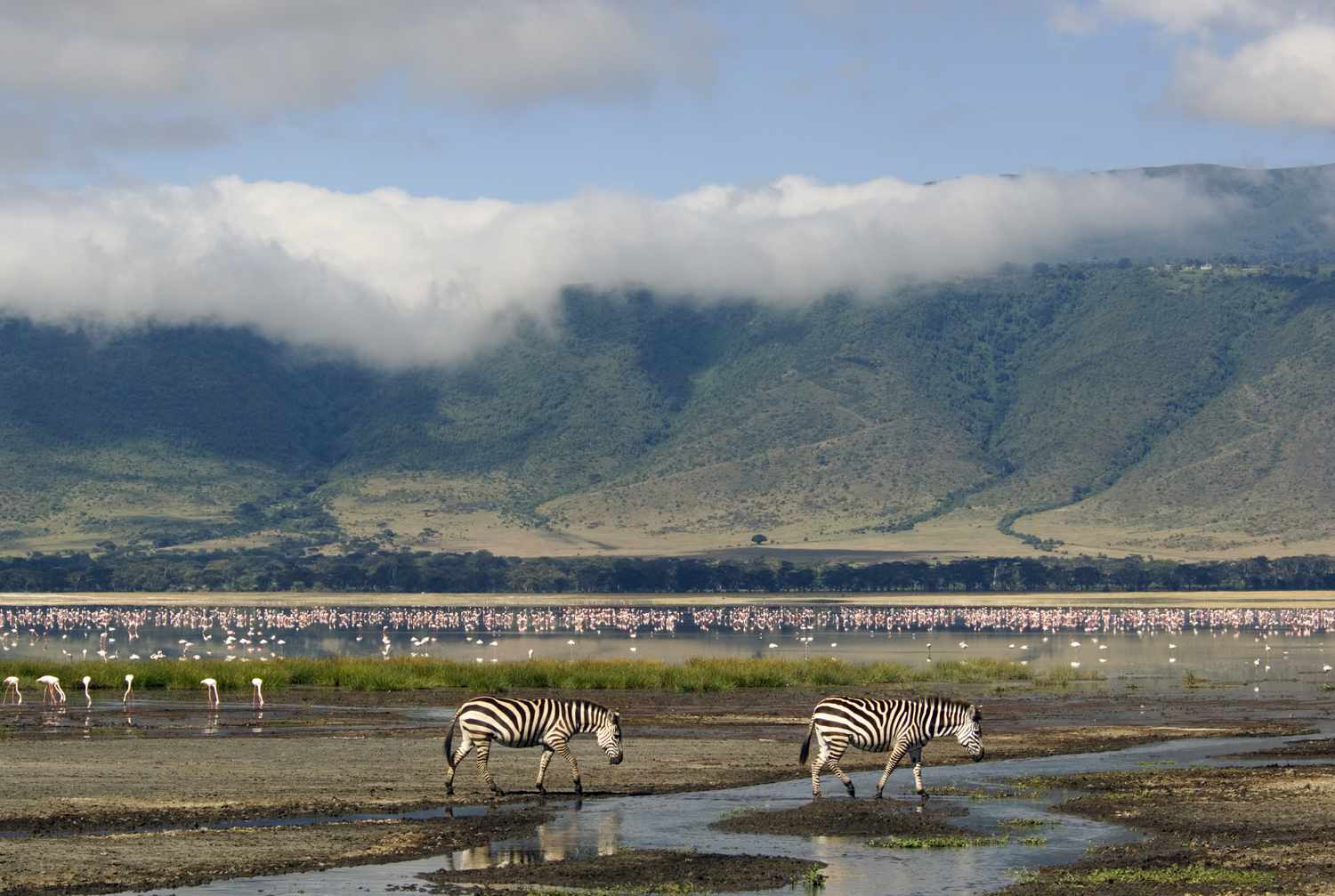
Tanzania has an abundance of World Heritage Sites. The Ngorongoro Conservation Area, the world’s biggest unflooded and unbroken caldera, is included on the list. The volcanic crater stretches 20 kilometers and is 600 meters deep. It covers 300 square km and is home to several of Africa’s most renowned animal species. It is undoubtedly one of the most well-known safari destinations in Africa, and it, along with the Serengeti National Park, served as inspiration for the film Lion King.
7. Stone Town – Zanzibar
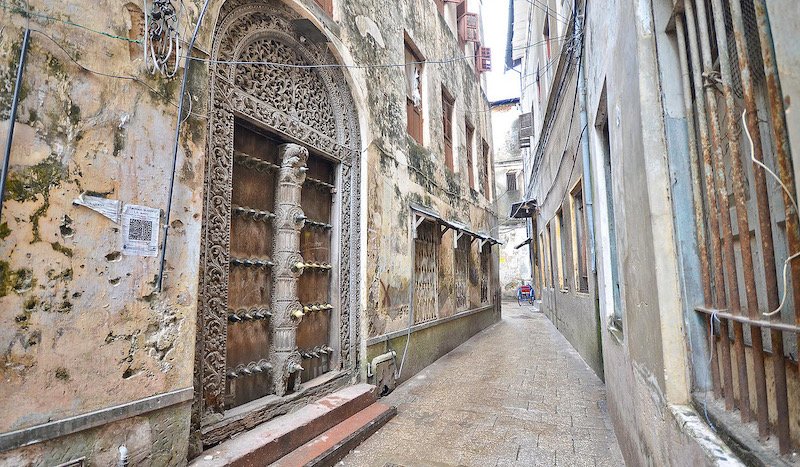
Stone Town was, and still is, a Swahili commercial town on the tropical island of Zanzibar, off the coast of mainland Tanzania. While Zanzibar is most known for its beautiful, exotic beaches and warm waters, it is also renowned as the ‘Spice Island’ due to its cultivation and processing of spices like as cloves, turmeric, and cinnamon. Historically, several ships crossed Zanzibar and traded with Swahili inhabitants. This culture is reflected in the architecture (and spice markets) that may still be found there today.
8. Robben Island – South Africa
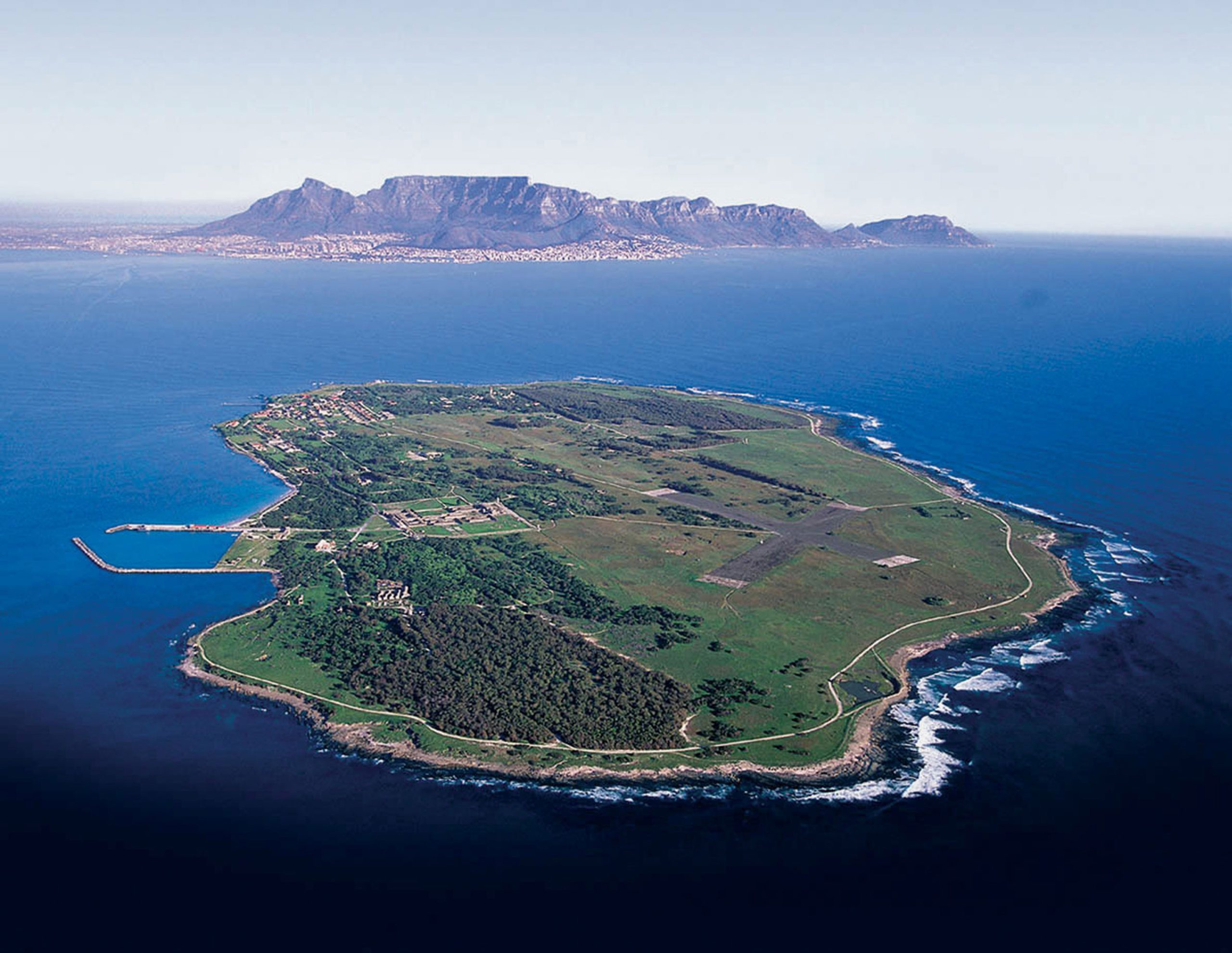
When South Africa is mentioned in conversation, various thoughts come to mind. One of these things could have been the Apartheid government, which ruled throughout the twentieth century. Robben Island is most known as the location where Nelson Mandela was imprisoned for 27 years.
Many people, however, are unfamiliar with the island’s past. The first persons banished to the island were two Malagasy men who instigated a slave ship revolt in 1766. In 1845, the island also housed a leper colony that had been removed from society. Robben Island’s cultural significance is unsurprising given its inclusion on the World Heritage List. If you’re volunteering with us in Cape Town, this is an excellent way to spend your Saturday.
9. Cradle of Humankind – South Africa

The Cradle of Humankind (a collection of limestone caverns located about 50 kilometers from Johannesburg) is one of South Africa’s eight World Heritage Sites and one of the most important sites in the world for connecting the history of human evolution.
The site gained international attention after the 1947 discovery of ‘Mrs Ples’, a 2-million-year-old hominid cranium. The Cradle of Humankind offers remarkable worldwide importance in terms of discovery and study based on the site’s ancient skeletons, the oldest of which dates back 3.5 million years.
10. Mana Pools National Park – Zimbabwe
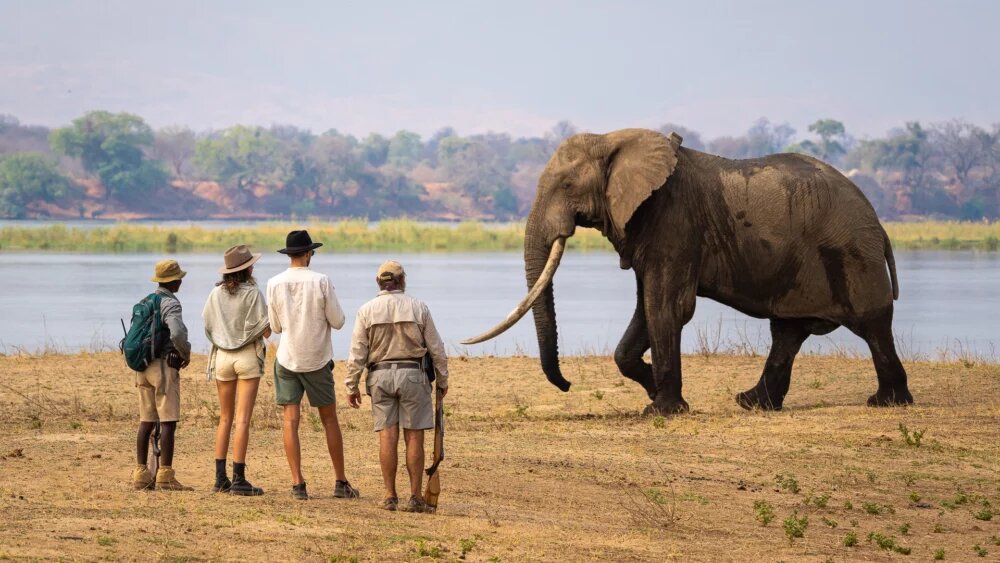
“Mana Pools National Park is a World Heritage Site based on its pure wilderness and beauty.” What a statement. The area itself borders with Zambia and when inscribed by UNESCO, was one of the most important sanctuaries for Black rhinos in the whole of Africa.
Now, it has one of the highest populations of African wild dogs and some fantastic spots to see traditional bushmen cave paintings. If you’re volunteering with us at Antelope Park, it’s worth adding a few days on to your trip to experience the magic of this incredible place.












